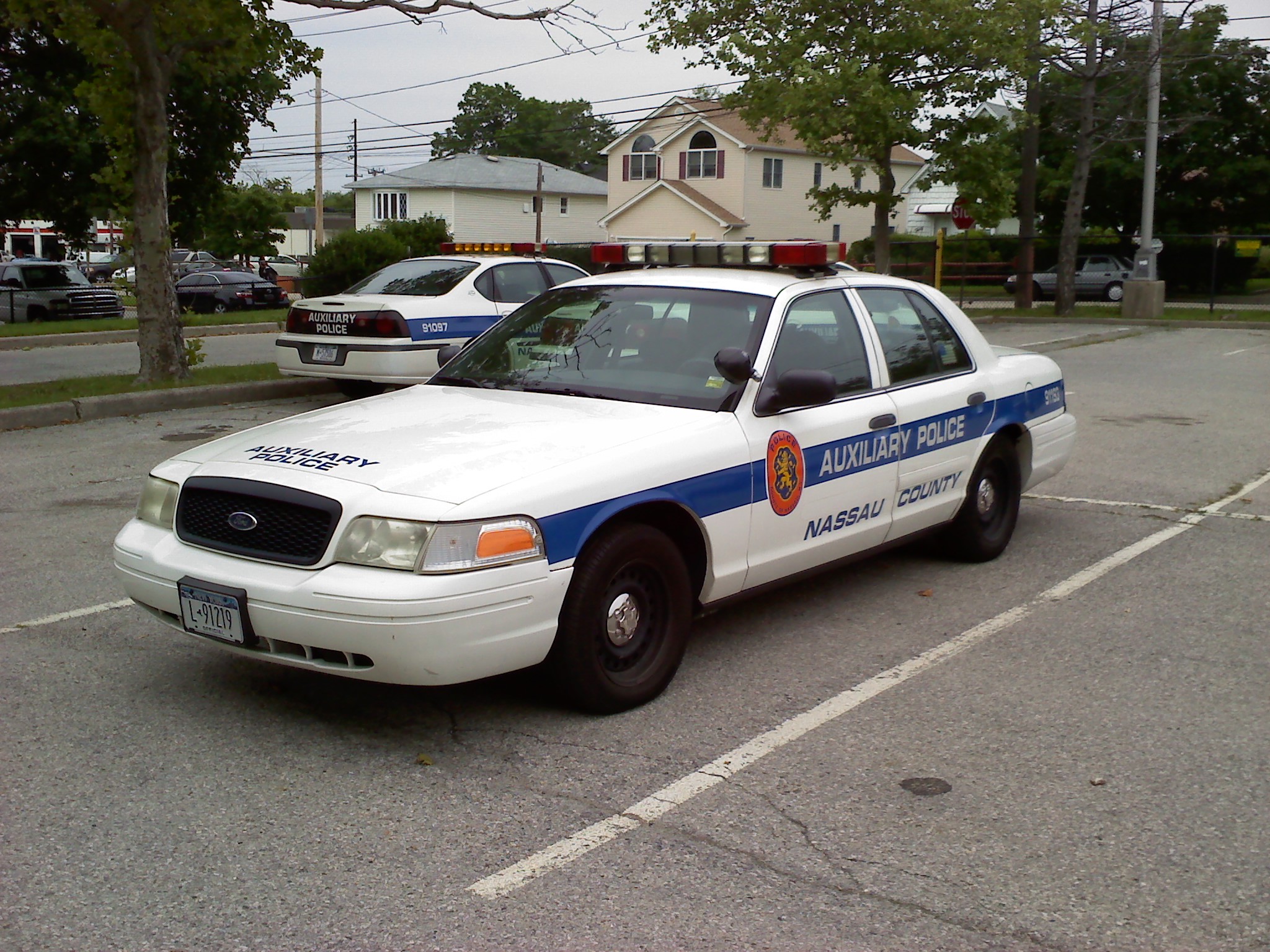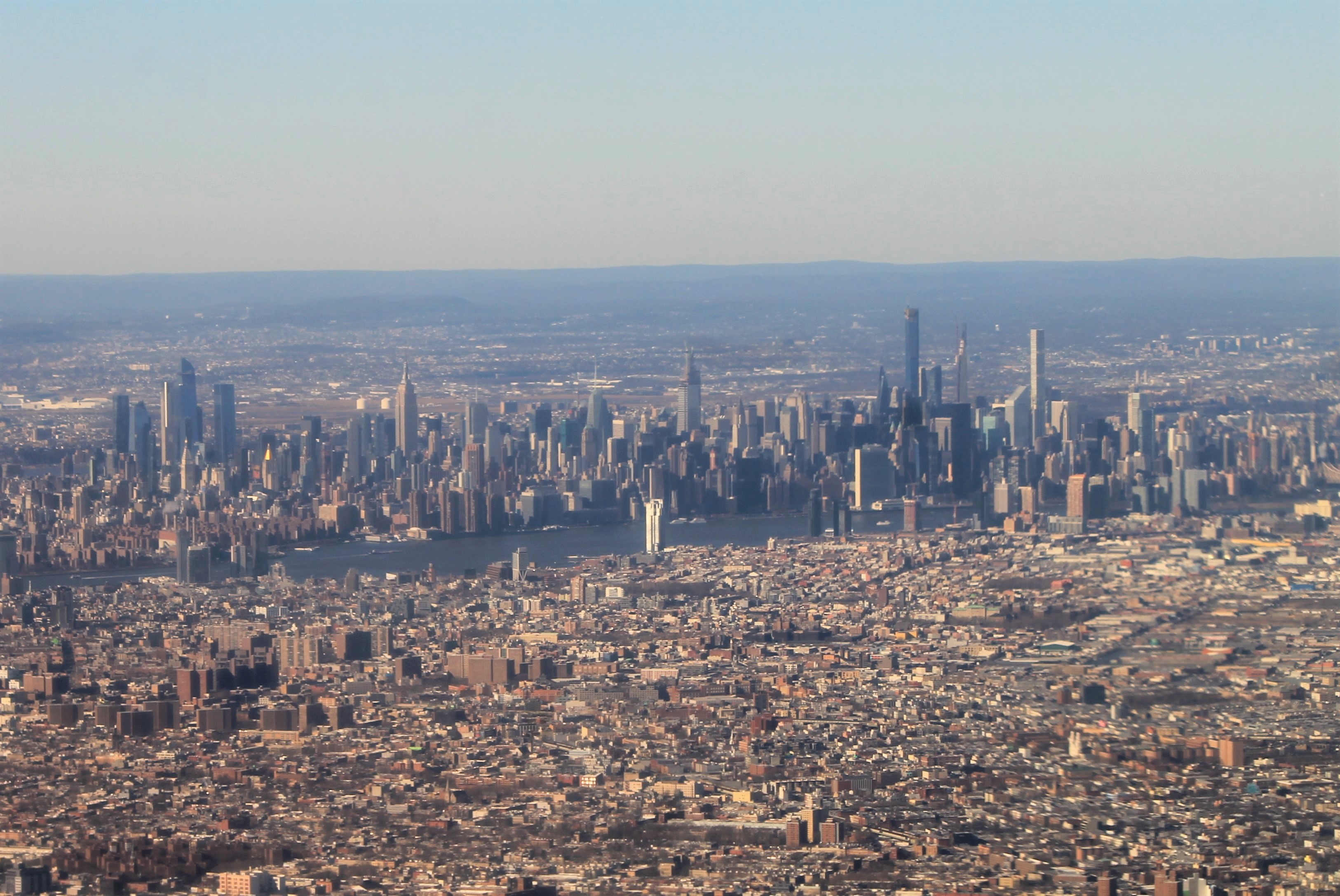|
Great Neck Station
Great Neck is a station on the Long Island Rail Road's Port Washington Branch in the Village of Great Neck Plaza, Nassau County, New York. The station is located at Middle Neck Road (CR 11) and Station Plaza at Great Neck Road, north of Northern Boulevard (NY 25A) and from Pennsylvania Station in Midtown Manhattan. From just east of the station, the line becomes single track to Port Washington. The Great Neck station is the westernmost stop on the Port Washington Branch in Nassau County. History Great Neck was originally the terminus of the New York and Flushing Railroad when it was built in 1866 by a subsidiary called the North Shore Railroad, and called Brookdale Station. The NY&F was acquired by the Flushing and North Side Railroad in 1869, and the name was changed to Great Neck in 1872. The F&NS was consolidated into the Flushing, North Shore and Central Railroad in 1874 through a merger with the Central Railroad of Long Island, only to be leased in 1876 by ... [...More Info...] [...Related Items...] OR: [Wikipedia] [Google] [Baidu] |
County Route 11 (Nassau County, New York)
County Route 11 (CR 11) is a major, county road connecting New Hyde Park and Kings Point, in Nassau County, on Long Island, New York. The unsigned, north–south county route is the primary road serving the Great Neck Peninsula and a major access road for the United States Merchant Marine Academy. CR 11 consists of Lakeville Road and Middle Neck Road. CR 11, in its entirety, is owned by Nassau County and is maintained by the Nassau County Department of Public Works (NCDPW). Route description CR 11 consists of two component roadways: Lakeville Road and Middle Neck Road; the two roads meet at New York State Route 25A (NY 25A, Northern Boulevard) on the south end of the Great Neck Peninsula. Lakeville Road (New Hyde Park to NY 25A) CR 11 begins at Jericho Turnpike (NY 25) in the incorporated village of New Hyde Park, as Lakeville Road. From this at-grade intersection, the highway travels north-northeast, eventually reaching Bryant Avenue ... [...More Info...] [...Related Items...] OR: [Wikipedia] [Google] [Baidu] |
Nassau County, New York
Nassau County ( ) is a suburban County (United States), county located on Long Island, immediately to the east of New York City, bordering the Long Island Sound on the north and the open Atlantic Ocean to the south. As of the 2020 United States census, Nassau County's population was 1,395,774, making it the sixth-most populous county in the State of New York, and reflecting an increase of 56,242 (+4.2%) from the 1,339,532 residents enumerated at the 2010 United States census, 2010 census. Its county seat is Mineola, New York, Mineola, while the county's largest and most populous town is Hempstead, New York, Hempstead. Situated on western Long Island, the County of Nassau borders New York City's Boroughs of New York City, borough of Queens to its west, and Long Island's Suffolk County, New York, Suffolk County to its east. It is the most densely populated and second-most populous county in the State of New York outside of New York City, with which it maintains extensive commu ... [...More Info...] [...Related Items...] OR: [Wikipedia] [Google] [Baidu] |
Manhasset Bay
Manhasset Bay, New York, is an embayment in western Long Island off Long Island Sound. Description Manhasset Bay forms the northeastern boundary of the Great Neck Peninsula and the southwestern boundary of the Cow Neck Peninsula ( Port Washington Peninsula or Manhasset Neck), in Nassau County, New York. On the north side of the bay, there are three points, Barkers Point at the entrance, Plum Point coming the furthest into the Bay, and Tom's Point in the back bay. On the other side, Hewlett Point forms the entrance nearly a mile from Barkers Point. Hart Island lies in the Sound just outside the mouth of Manhasset Bay. The Manhasset Bay area was likely first inhabited in the 17th century by the Matinecock tribe of Algonquin Indians. However, that view has been challenged. Then the Dutch and the English settled around the bay in the 17th century because of the proximity of fish. The Bay was called Schout's Bay by the Dutch, and then Howe's Bay by the English. Subsequen ... [...More Info...] [...Related Items...] OR: [Wikipedia] [Google] [Baidu] |
Manhasset Viaduct
The Manhasset Viaduct (also known as the Manhasset Valley Bridge, the Manhasset Valley Viaduct, and the Manhasset Trestle) is a railroad viaduct located between Manhasset and the Village of Thomaston within the Town of North Hempstead, on Long Island, New York. It carries the Port Washington Branch of the Long Island Rail Road over Manhasset Bay, between the Cow Neck and Great Neck Peninsulas. Overview Standing at a height of above Manhasset Bay and measuring in length, the Manhasset Viaduct is the highest bridge on the entire LIRR network. The viaduct uses a steel stringer bridge design and is one of two King Bridge Company-built railway viaducts still in operation as of 2025 – the other being the Short Line Viaduct near Cleveland, Ohio. The Manhasset Viaduct is a critical component of the infrastructure on the LIRR's Port Washington Branch. Its construction enabled the railroad line to traverse the Manhasset Valley and Manhasset Bay: due to the surrounding area's g ... [...More Info...] [...Related Items...] OR: [Wikipedia] [Google] [Baidu] |
Port Washington, NY
Port Washington is a hamlet and census-designated place (CDP) on the Cow Neck Peninsula in the Town of North Hempstead, in Nassau County, on the North Shore of Long Island, in New York. The hamlet is the anchor community of the Greater Port Washington area. The population was 16,753 at the time of the 2020 census. History Much of the Port Washington area was settled by colonists in 1644, after they purchased land from the people of the Matinecock Nation. In the 1870s, Port Washington became an important sand-mining town; it had the largest sandbank east of the Mississippi River and easy barge access to Manhattan. Some 140 million cubic yards of local sand were used for concrete for skyscrapers in New York City (including the Empire State and Chrysler buildings), in addition to the New York City Subway. In 1998, the sand mines were redeveloped as Harbor Links – a golf course for North Hempstead residents. In 1930, Port Washington tried to incorporate itself as a city, ... [...More Info...] [...Related Items...] OR: [Wikipedia] [Google] [Baidu] |
Roslyn (LIRR Station)
Roslyn is a train station, station on the Oyster Bay Branch of the Long Island Rail Road. It is located at Lincoln & Railroad Avenues, west of Roslyn Road, Roslyn Road (CR 7) and south of Warner Avenue, in Roslyn Heights, New York, Roslyn Heights, Nassau County, New York, Nassau County, New York (state), New York. History 19th century Roslyn station opened on January 23, 1865 by the Glen Cove Branch Rail Road – a subsidiary of the Long Island Rail Road, upon the completion of the line between Mineola station (LIRR), Mineola and Glen Head station, Glen Head. The land for the railroad station was donated by Samuel A. Warner, Samuel Adams Warner – a prominent architect and Roslyn resident for whom Warner Avenue is named. In 1882, the LIRR attempted to extend the former Flushing and North Side Railroad main line from the Great Neck (LIRR station), Great Neck station to the Roslyn station. This proposal dates back to an F&NS subsidiary, called the "Roslyn and Huntington Rail ... [...More Info...] [...Related Items...] OR: [Wikipedia] [Google] [Baidu] |
Central Railroad Of Long Island
Central Railroad of Long Island was built on Long Island, New York (state), New York, by Alexander Turney Stewart, who was also the founder of Garden City, New York, Garden City. The railroad was established in 1871, then merged with the Flushing and North Side Railroad in 1874 to form the Flushing, North Shore and Central Railroad. It was finally acquired by the Long Island Rail Road in 1876 and divided into separate branches. Despite its short existence, the CRRLI had a major impact on railroading and development on Long Island. History Foundation Alexander Turney Stewart was a wealthy Irish-born entrepreneur, who had made a fortune in retail and real estate. In the spring of 1869, once Stewart heard of the proposed sale of land in the Hempstead, New York, Town of Hempstead, formed the idea which became the Central Railroad of Long Island. On July 17, 1869, at a town referendum on the sale of land, Stewart gave a bid of $55 per acre, and his bid was accepted. Stewart offered Pre ... [...More Info...] [...Related Items...] OR: [Wikipedia] [Google] [Baidu] |
Flushing And North Side Railroad
The Flushing and North Side Railroad was a former railroad on Long Island built by Conrad Poppenhusen as a replacement for the former New York and Flushing Railroad. The railroad was established in 1868, was merged with the Central Railroad of Long Island in 1874 to form the Flushing, North Shore and Central Railroad, and was finally acquired by the Long Island Rail Road in 1876. Today the main line is known as the Port Washington Branch of the Long Island Rail Road. Predecessor railroads New York and Flushing Railroad Before the Flushing and North Side, most of the line was originally built by the New York and Flushing Railroad (NY&F), in 1854 from Hunters Point in Long Island City to Flushing, before the LIRR opened its line to Long Island City. Chartered on March 3, 1852, it was the first railroad on Long Island not to be part of the Long Island Rail Road. The company was taken over by Oliver Charlick and reorganized in 1859 as the New York and Flushing Railroad, and est ... [...More Info...] [...Related Items...] OR: [Wikipedia] [Google] [Baidu] |
Terminal Station
A train station, railroad station, or railway station is a railway facility where trains stop to load or unload passengers, freight, or both. It generally consists of at least one platform, one track, and a station building providing such ancillary services as ticket sales, waiting rooms, and baggage/freight service. Stations on a single-track line often have a passing loop to accommodate trains travelling in the opposite direction. Locations at which passengers only occasionally board or leave a train, sometimes consisting of a short platform and a waiting area but sometimes indicated by no more than a sign, are variously referred to as "stops", "flag stops", " halts", or "provisional stopping places". The stations themselves may be at ground level, underground, or elevated. Connections may be available to intersecting rail lines or other transport modes such as buses, trams, or other rapid transit systems. Terminology ''Train station'' is the terminology typicall ... [...More Info...] [...Related Items...] OR: [Wikipedia] [Google] [Baidu] |
Midtown Manhattan
Midtown Manhattan is the central portion of the New York City borough of Manhattan, serving as the city's primary central business district. Midtown is home to some of the city's most prominent buildings, including the Empire State Building, the Chrysler Building, the Hudson Yards, Manhattan, Hudson Yards Redevelopment Project, the headquarters of the United Nations, Grand Central Terminal, and Rockefeller Center, as well as several prominent tourist destinations, including Broadway theatre, Broadway, Times Square, and Koreatown, Manhattan, Koreatown. New York Penn Station, Penn Station in Midtown Manhattan is the busiest transportation hub in the Western Hemisphere. Midtown Manhattan is the largest central business district in the world, and has been ranked as the densest central business district in the world in terms of employees, at . Midtown also ranks among the world's most expensive locations for real estate; Fifth Avenue in Midtown Manhattan has commanded the world's high ... [...More Info...] [...Related Items...] OR: [Wikipedia] [Google] [Baidu] |






